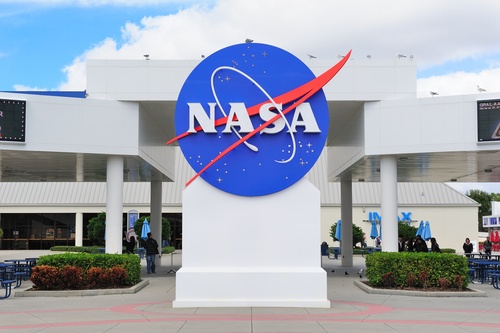Key Takeaways:
– NASA delays its return to the Moon from 2026 to mid-2027 due to issues with the Orion crew capsule.
– Problems include unexpected erosion of Orion’s heat shield, and faults in its electrical and life support systems.
– Artemis 2 has also been postponed, but NASA says they’ll still land on the Moon before China.
– NASA’s Deputy Administrator revealed that the heat shield issues were due to internal gas pressure during reentry.
– NASA remains dependent on SpaceX whose lunar lander and spacesuits are still in progress.
– President-elect Donald Trump’s nomination for NASA’s lead could mean a shift to stronger commercial space partnerships.
Setback on Moon’s Exploration
NASA has announced that its ambitious return journey to the Moon has been delayed by a year. The planned launch date in 2026 has been shifted to sometime in mid-2027. NASA officials blamed the delay on various technical issues with its Orion crew capsule, including problems with its heat shield and issues with its electrical and life support systems.
Artemis Program’s Challenge
The Artemis Program, named after Apollo’s twin sister from Greek mythology, has been in the works since 2017. The program’s goal is not just to return to the moon, but to build a long-term base there. This lunar research would then be used to help prepare for future missions to Mars. However, technical problems have already caused delays in the program’s timeline. Artemis 1, an uncrewed test flight to the Moon and back, took off in 2022 after several postponements.
Orion’s Troubles
Upon reviewing data from the Artemis 1 mission, the teams discovered that the Orion crew capsule’s heat shield had eroded in unexpected ways. This, along with other issues concerning Orion’s electrical and life support systems, necessitated a reassessment of the Artemis timeline. As a result, Artemis 2, a crewed lunar flyby mission, has been delayed from September 2025 to April 2026.
Heat Shield Hassle
During a press conference, NASA Deputy Administrator Pam Melroy shed light on the issues with the heat shield. When the spacecraft re-enters Earth’s atmosphere, gases build up inside the shield. The internal pressure created by these gases led to the shield cracking and parts of it falling off.
NASA’s Partnership with SpaceX
NASA is yet to receive a modified version of SpaceX’s Starship rocket that will be used as a lunar lander. The space technology company, although making steady progress, still faces significant challenges. One of these challenges includes demonstrating that it can efficiently refuel the rocket while it’s still in orbit.
In Anticipation of Commercial Space Era
The recent nomination of Jared Isaacman by President-elect Donald Trump to lead NASA suggests a potential bolstering of NASA’s collaborations with commercial space ventures. This development could dramatically change NASA’s future direction. However, NASA Administrator Bill Nelson has emphasized sticking to the Artemis program as planned.
The Moon vs Mars Debate
While some propose skipping the Moon mission and aiming instead for Mars, Nelson defended the importance of focusing on the Moon first. Mining the Moon’s south pole for water ice deposits could potentially fuel deeper space missions and make human presence sustainable on lunar base.
Stability amid Change
As the potential shift in leadership looms, uncertainties and concerns about potential conflicts of interest have arisen due to Isaacman’s close financial ties to SpaceX chief Elon Musk. However, Nelson hinted at optimism and resolve for maintaining operational contracts. Striking a hopeful note, Nelson said he looks forward to the future of NASA under the new administration.

